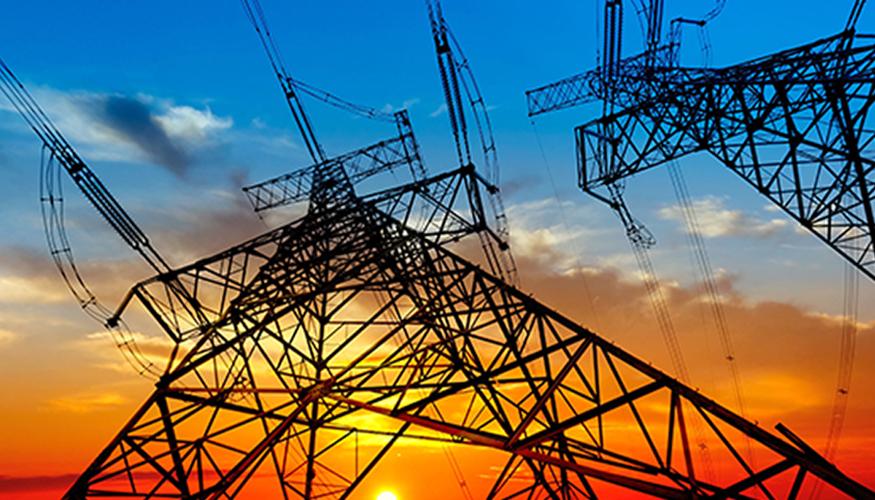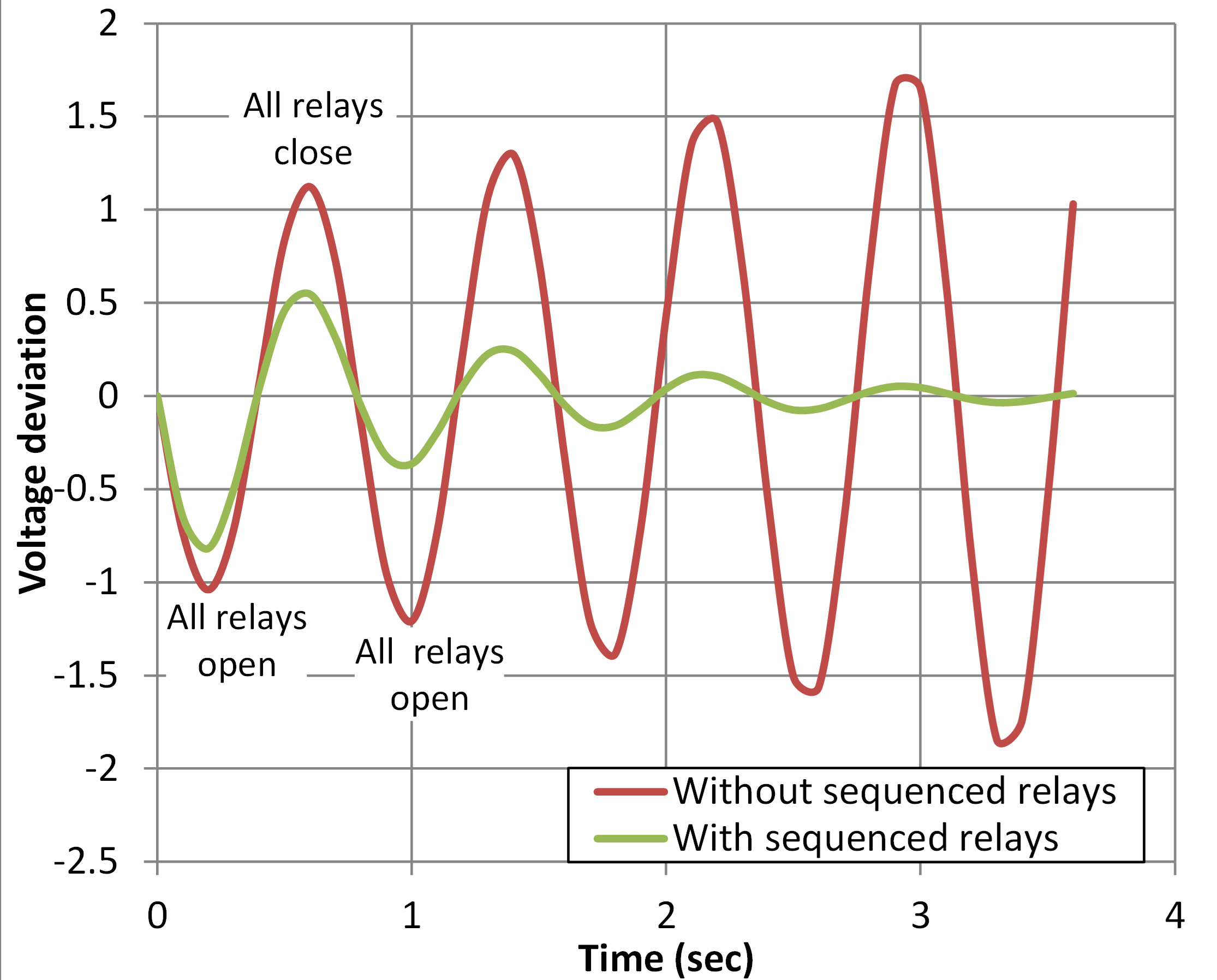There has been a longstanding interest to making U.S. critical infrastructure more robust and resistant to natural hazards and cyberattack. Problems with a power grid when there is a disturbance can range from voltage and frequency fluctuations to total catastrophic failure. One solution is to look to large residential and commercial electrical loads—such as plug-in electric vehicles (EVs), water heaters, refrigerators, air conditioners, and pool pumps—that could potentially be interrupted or engaged for brief periods without burdening the customer. These loads can be interrupted during periods of under-generation or can be engaged during periods of over-generation to help balance supply and demand.
Presently, many utilities have centrally controlled demand response programs for air conditioners that can be called upon to reduce load. However, these programs require active intervention by grid operators, and they do not address anomalies at the distribution level. In addition, increasing deployment of intermittent renewable generation is increasing uncertainty and variability in grid operations. LLNL researchers have recognized that this increase in uncertainty and variability would require additional capabilities to maintain stable operation of the grid.
LLNL has developed a novel methodology for using commercially available automated sensors and actuators which can be deployed at scale in large appliances and plug-in EVs to provide as needed electric grid stabilization capabilities. The approach comprises of a population of voltage relays with a range of setpoints that would gradually reduce load as voltage falls. More severe voltage reductions would cause more of the relays to open. To gradually re-establish load, a range of delay times for relay reclosure can then be implemented. LLNL’s novel method for supply management yields not only a more controlled load rebalance, but it also provides a negative feedback response to the disturbance, which could help stabilize the system further. This technology can be used on a small scale electric grid for a pilot study before being used for large-scale deployments using simulation models.
Right image caption: Relays with randomized setpoints can reduce oscillations in voltage deviations
Decentralized control actions taken in an attempt to match supply with demand may result in an unstable system. The advantages of this invention are that it allows for effective centralized control actions to modify supply and balance the load and it can provide some degree of negative feedback control that would aid in the stabilization of the system.
The system could be coupled with commercial, off-the-shelf voltage and frequency relays and could be used to control the charging of plug-in electric vehicles, for example. Voltage and frequency can be manipulated to interrupt and reengage the charging load for the vehicles.
Electric power monitoring of large appliances and plug-in electric vehicles for grid stabilization needs.
Electric power monitoring of large appliances and plug-in electric vehicles for grid stabilization needs.
Current stage of technology development: TRL 3
LLNL has patent(s) on this invention.
U.S. Patent No. 8548636 Engineered Setpoints for Autonomous Distributed Sensors and Actuators published 10/1/2013



